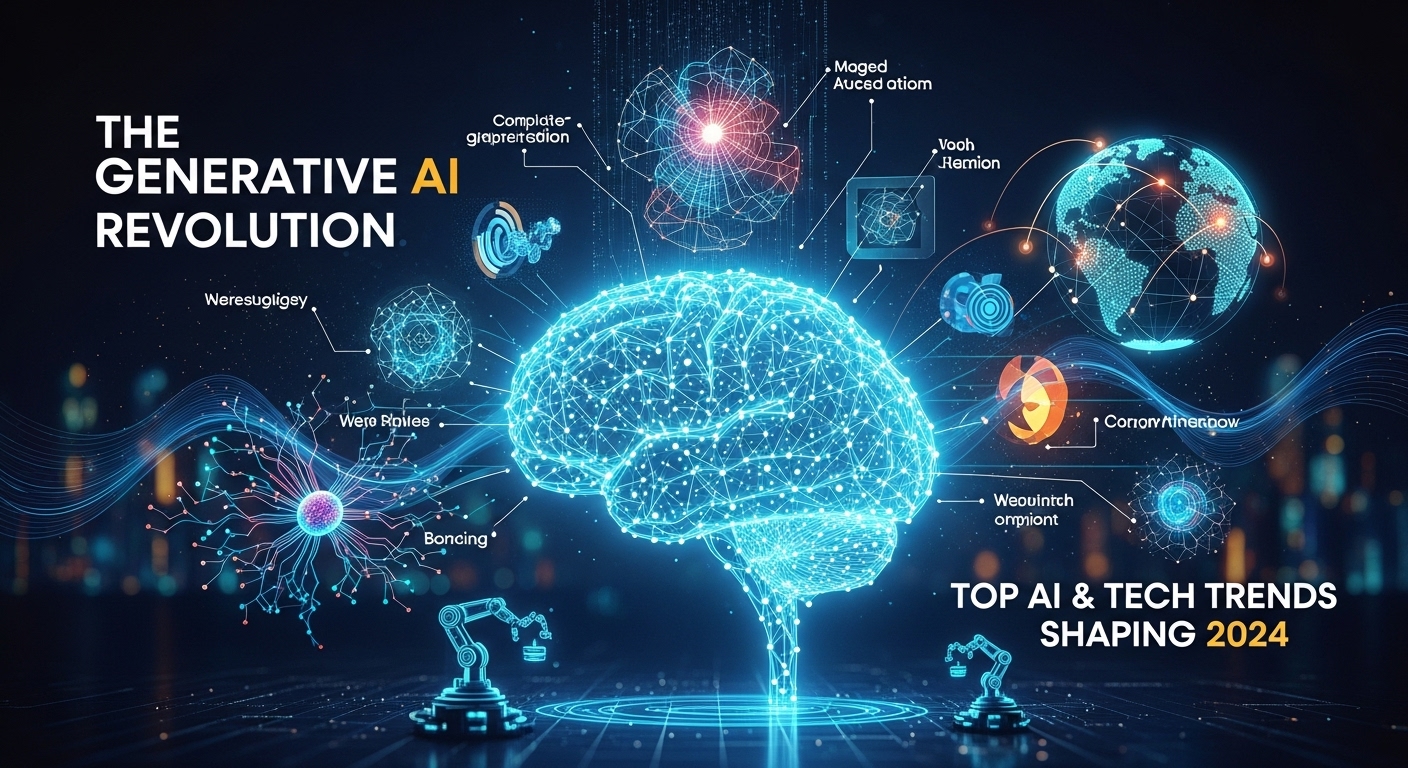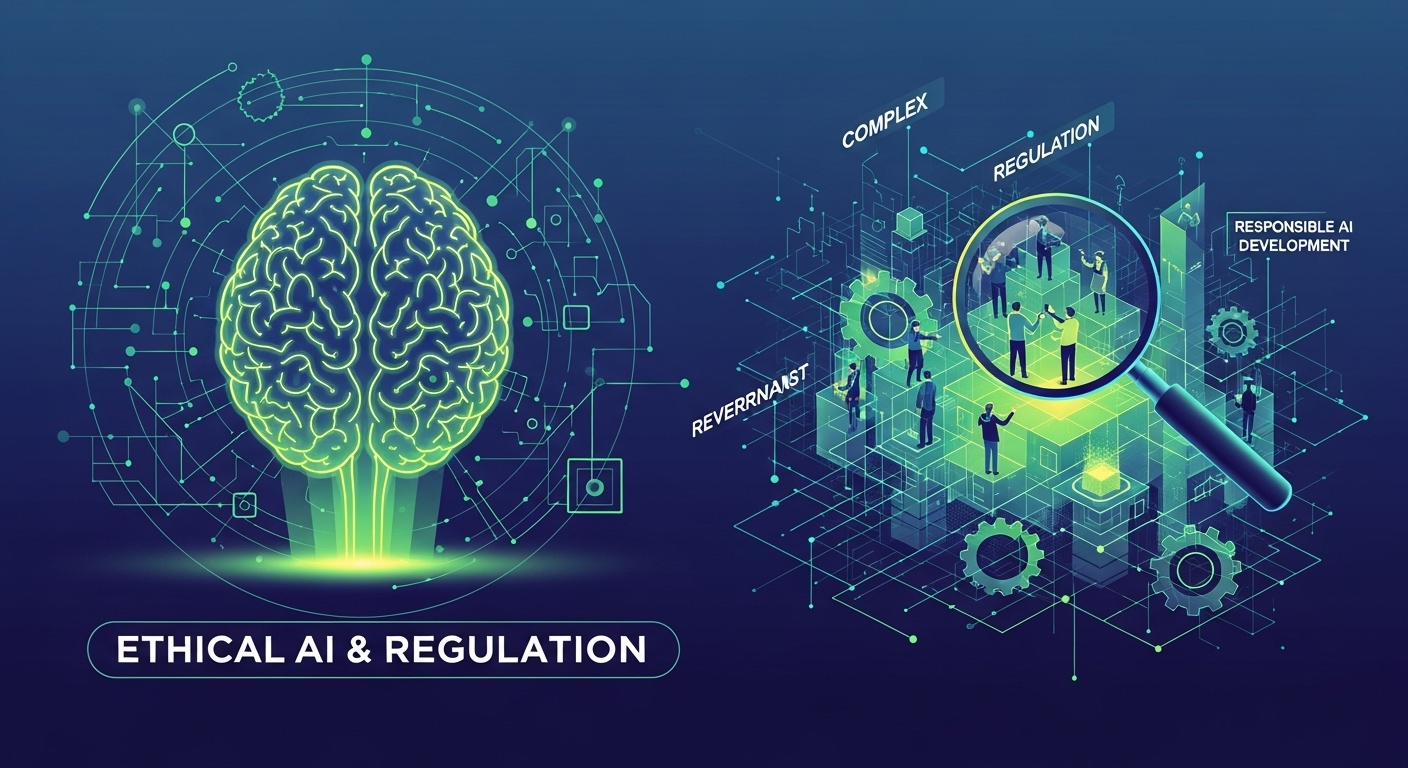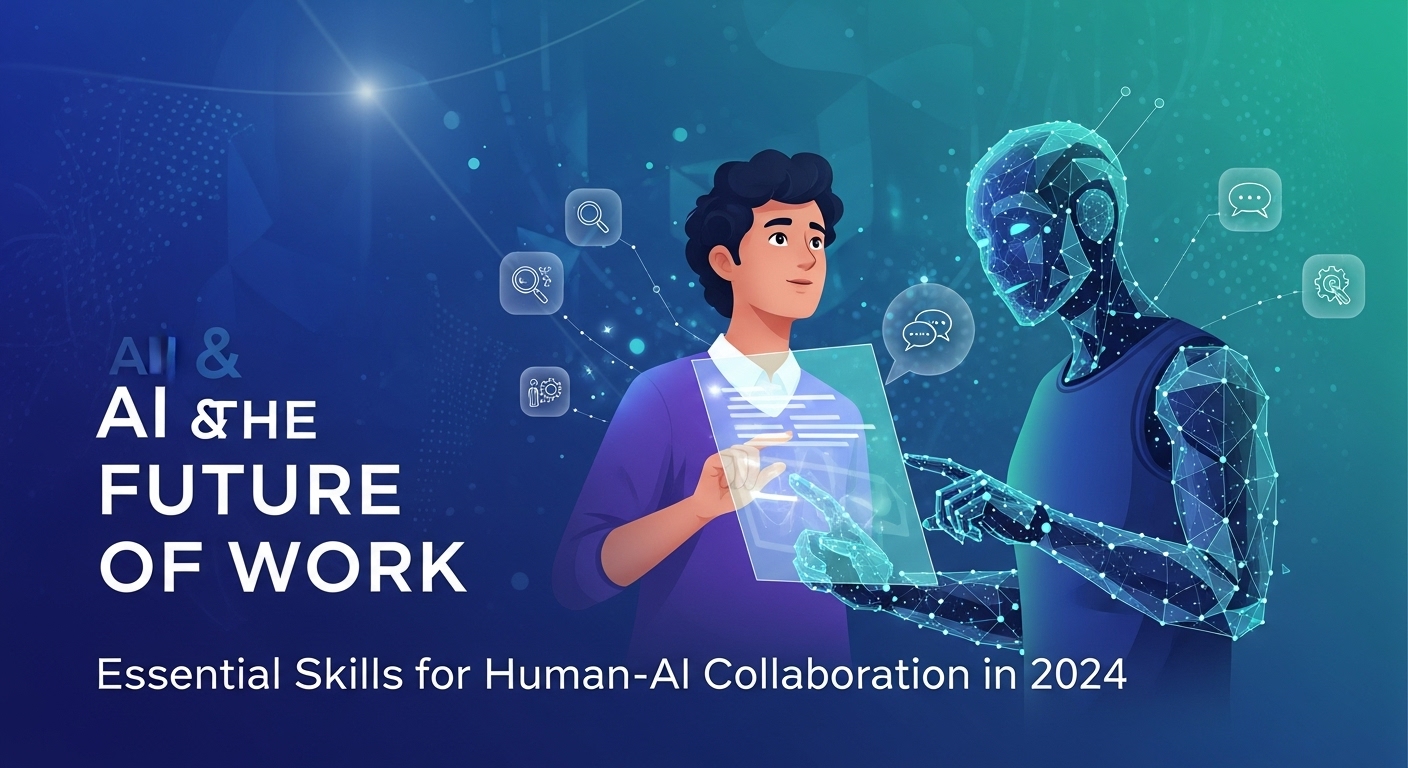The Dawn of a New Creative Era: Understanding the Generative AI Boom
It feels like just yesterday that artificial intelligence was the stuff of science fiction—a distant concept of sentient robots and supercomputers. Today, it’s not just a reality; it’s a creative partner, a co-pilot, and arguably the most disruptive force in the modern world. We are living through the generative AI revolution, a pivotal moment in the timeline of ai & tech trends. This isn’t just about algorithms that can analyze data; it’s about AI that can create, innovate, and imagine. From writing poetry and composing music to designing products and writing code, generative AI is reshaping the boundaries of what’s possible, and it’s happening at a breathtaking pace.
But what exactly is generative AI, and why has it suddenly captured the global imagination? Unlike traditional AI, which is primarily analytical or predictive, generative AI models, such as large language models (LLMs) and diffusion models, are designed to produce new, original content. They learn from vast datasets of text, images, code, and sounds to understand patterns, context, and structure. Then, they use that knowledge to generate entirely new outputs that are often indistinguishable from human-created work. This article dives deep into this transformative technology, exploring the key trends that are defining its impact across industries and what the future holds for us all.
Deconstructing the Magic: How Generative AI Actually Works
To truly appreciate the current wave of ai & tech trends, it’s essential to look under the hood. While the technology is incredibly complex, the core concept is surprisingly intuitive. It’s about teaching a machine not just to recognize patterns but to replicate and innovate upon them.
From Learning to Creating: The Foundational Models
At the heart of generative AI are foundational models. Think of these as massive, highly-trained brains. Models like OpenAI’s GPT series are trained on a colossal amount of text from the internet, books, and other sources. This process allows them to learn grammar, facts, reasoning abilities, and different writing styles. When you give it a prompt, like “write a story about a robot who discovers music,” the model uses its training to predict the most likely sequence of words to form a coherent and creative narrative. It’s not just regurgitating information; it’s generating new sentences based on the patterns it has learned.
Beyond Text: The Rise of Multimodal AI
The revolution isn’t confined to words. Image generation models like DALL-E 3, Midjourney, and Stable Diffusion work on a similar principle but with pixels instead of text. They are trained on billions of image-text pairs. When you provide a prompt like “an impressionist painting of a cat playing a piano on the moon,” the model deconstructs your request and generates a brand-new image that matches the description. This ability to work across different data types—text, images, audio, and even 3D models—is known as multimodality, and it’s a cornerstone of modern generative AI’s power and versatility.
The Ripple Effect: Generative AI Trends Across Industries
The true significance of any technology is measured by its real-world impact. Generative AI is not just a novelty; it’s a powerful tool that is already creating value, disrupting workflows, and opening up new possibilities in virtually every sector.
Hyper-Personalization in Marketing and Content
Generic marketing is dead. Consumers today expect experiences tailored to their individual needs and preferences. Generative AI is making hyper-personalization scalable. It can generate thousands of variations of ad copy, email newsletters, and social media posts, each optimized for a specific demographic. Imagine an e-commerce site where product descriptions are dynamically written to appeal to your specific interests, or a streaming service that generates movie trailers based on the scenes you’re most likely to enjoy. This level of personalization builds stronger customer connections and drives engagement.
Accelerating Innovation in Software Development
The world of coding is undergoing a seismic shift. AI-powered tools like GitHub Copilot are acting as intelligent assistants for developers. They can suggest lines of code, complete entire functions, translate code between languages, and even help debug complex problems. This doesn’t replace developers; it augments them, freeing them from repetitive tasks so they can focus on higher-level problem-solving and architectural design. The result is faster development cycles, fewer bugs, and more innovative software.
A New Frontier in Science and Medicine
Perhaps the most profound impact of generative AI will be in scientific research. In medicine, AI models are being used to design novel proteins and molecules, dramatically accelerating the drug discovery process for diseases like cancer and Alzheimer’s. They can analyze complex biological data to identify new therapeutic targets that would take humans decades to find. In materials science, AI is designing new materials with specific properties, like stronger alloys or more efficient solar panels. This is a powerful new tool in humanity’s quest to solve its biggest challenges.
Redefining the Creative Arts
From visual art and music to film and game design, generative AI is sparking both excitement and debate. Artists are using AI as a new medium to explore surreal landscapes and impossible concepts. Musicians are collaborating with AI to compose new melodies and harmonies. Game developers are using generative tools to create vast, dynamic worlds and non-player characters with unique personalities and dialogue. While questions around copyright and the nature of creativity persist, there’s no denying that AI is unlocking unprecedented avenues for human expression.
Navigating the Ethical Maze: The Challenges Ahead
With great power comes great responsibility. As we embrace the incredible potential of generative AI, we must also confront its significant challenges and ethical dilemmas. These are not just technical problems but societal ones that require careful consideration and proactive governance.
The Double-Edged Sword of Realism: Deepfakes and Misinformation
The same technology that can create beautiful art can also be used to generate convincing but fake images, videos, and audio clips—known as deepfakes. The potential for misuse in spreading political misinformation, creating fraudulent content, or engaging in personal harassment is enormous. Developing robust detection tools and fostering digital literacy are critical to mitigating these risks.
Bias, Copyright, and Ownership
AI models are trained on data created by humans, and they can inherit our biases. If a model is trained on biased data, its outputs will reflect and potentially amplify those biases, leading to unfair or discriminatory outcomes. Furthermore, the question of ownership is a legal minefield. If an AI creates an image, who owns the copyright? The user who wrote the prompt, the company that developed the AI, or does the original data it was trained on have a claim? These are complex questions that our legal systems are only beginning to grapple with.
Conclusion: Embrace the Change, Shape the Future
The generative AI revolution is not a distant event on the horizon; it is here, and it is accelerating. Like the internet or the smartphone before it, this technology is fundamentally changing how we work, create, and interact with the world. The current ai & tech trends show a clear trajectory towards more capable, more integrated, and more accessible AI systems. Ignoring this shift is not an option. Instead, the challenge for individuals, businesses, and society as a whole is to engage with it thoughtfully. We must invest in education to build the skills for the jobs of tomorrow, establish ethical guidelines to ensure responsible development, and foster a culture of curiosity and adaptation. The future is not something that happens to us; it is something we build. By embracing generative AI as a powerful tool for human augmentation, we can shape a future that is more creative, efficient, and innovative than we can currently imagine.


